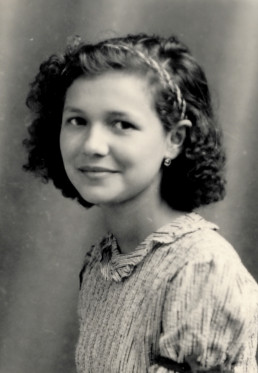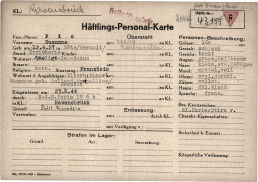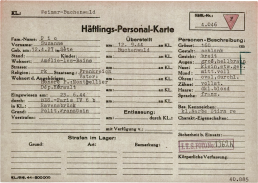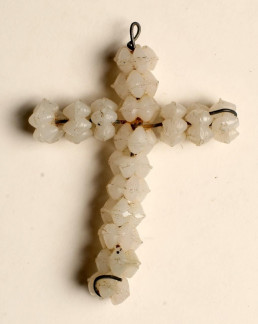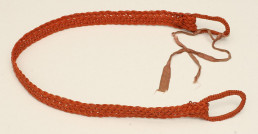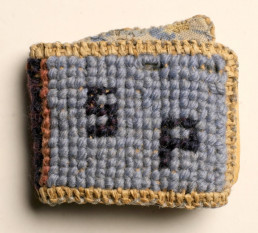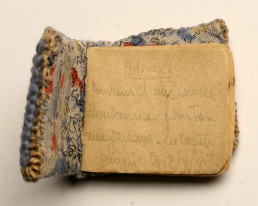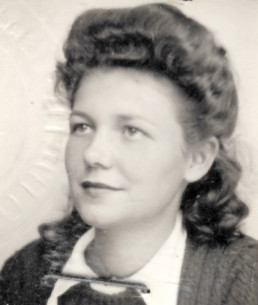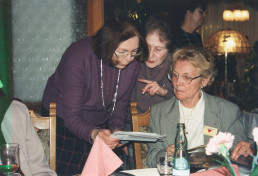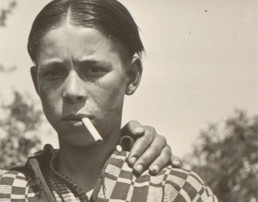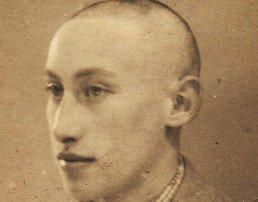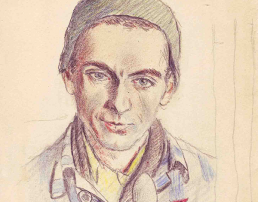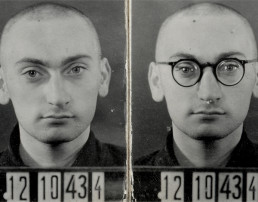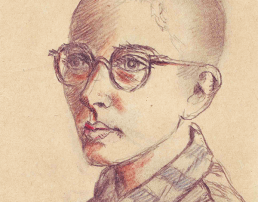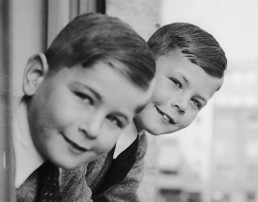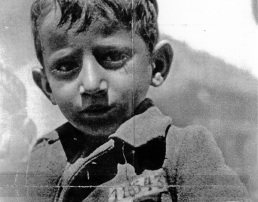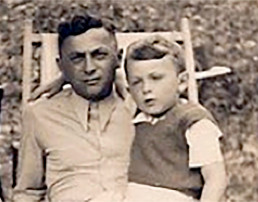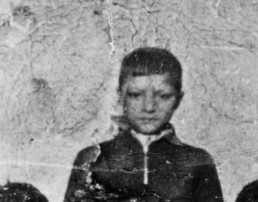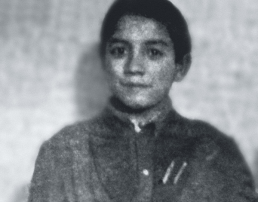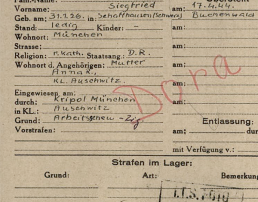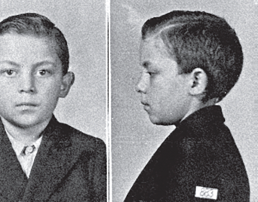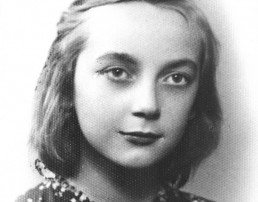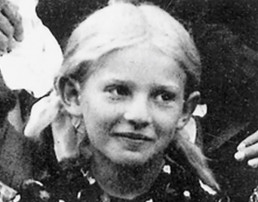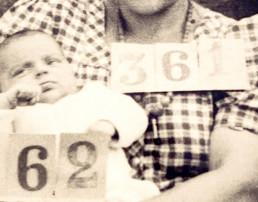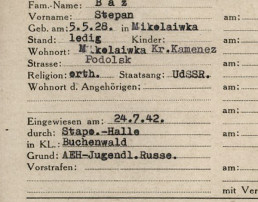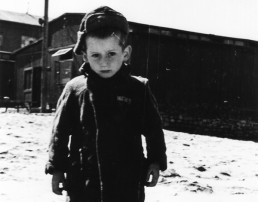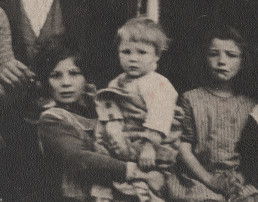Suzanne Orts (née Pic)
As a teenager in the Résistance
Suzanne Pic was born in Sète (France) on 12 April 1927. The Wehrmacht (German armed forces) invaded France in May 1940. Various underground groups resisting the German occupiers and the new regime were organized, and in 1943, they joined together to form La Résistance.
The 16-year-old Suzanne also became active in the Résistance. She was arrested in 1944 during a resistance operation and deported to Germany. Via the Ravensbrück Concentration Camp, she arrived at the Buchenwald subcamp HASAG-Leipzig in July 1944. There, she was assigned to forced labor in the armaments industry.
In April 1945, the SS dissolved the camp and drove the women and girls on a death march to the east. She and several other prisoners were able to escape from the death march, and a short time later they were liberated by Soviet soldiers. Suzanne returned to Paris, married Elie Orts and was active in various survivors’ associations until her death in 2018. In 2006, she received the French National Order of Merit.
Ravensbrück Concentration Camp prisoner registration file for Suzanne Pic, 23 June 1944.
From Perpignan, Suzanne and her mother were deported to Ravensbrück Concentration Camp. She was given the number 43155 and, as a political prisoner, the red prisoner triangle with an “F” for French.
(Arolsen Archives)
Buchenwald Concentration Camp prisoner registration file for Suzanne Pic, 12 September 1944.
In July, the SS transported Suzanne and her mother to Leipzig-Schönefeld, where they had established the HASAG Leipzig subcamp in June 1944. It was initially a subcamp of the Ravensbrück Concentration Camp, but was then transferred to Buchenwald. With 5,000 inmates, it was Buchenwald’s largest women’s subcamp.
(Arolsen Archives)
"12 hours of work, one week during the day, one week at night, on Sundays we rest. In addition, there is always roll call in the morning and evening. Wake-up at 4 o'clock. We make 7-kilo anti-aircraft shells. [...] All day long you have to move these 7 kilos, take them down from a table, hold them to a rotating brush, use a greasy rag to coat them and then put them in the cart. All of that, 200, 300, 400 times a day. [...]."
Account by Suzanne Orts (née Pic) on forced labor as a 17-year-old in the HASAG-Leipzig subcamp, 1993.
(Buchenwald Memorial)
Handcrafted jewelry, 1944/45.
Suzanne Pic secretly made a belt, a brooch, and a cross from scraps of material. In 1944, the prisoners in Leipzig held a small Christmas party where they gave each other small gifts. Suzanne received an address book made of straw, wool, scraps of paper, and cloth, with her initials “SP” embroidered on it.
(Buchenwald Memorial)
"In spite of the system of oppression with which they tried to turn us into frightened and fearful sheep, in spite of the harassment and punishment with which they tried to rob us of our humanity, we tried to remain dignified and proud women."
Self-Assertion in the Concentration Camp. Account by Suzanne Orts (née Pic), 1993.
(Buchenwald Memorial)
Suzanne Orts (right) at a memorial event together with other survivors of the concentration camp in Leipzig, 13 April 1996.
Suzanne spoke several times with school classes about her experiences, and in the 1990s, she wrote down her story of persecution. She took part in memorial events in Leipzig, where she met other survivors, such as Danuta Brzosko-Mendryk and Zofia Kolecka-Fugiel, as shown in the photo. Together, they worked to reconstruct and make public the history of the former subcamp. Suzanne Orts passed away in February 2018.
(Buchenwald Memorial)
FURTHER INFORMATION:
Leipzig Nazi Forced Labour Memorial: Concentration Camp Subcamp “HASAG Leipzig” – Largest Women’s Subcamp of Buchenwald Concentration Camp, zwangsarbeit-in-leipzig.de.
